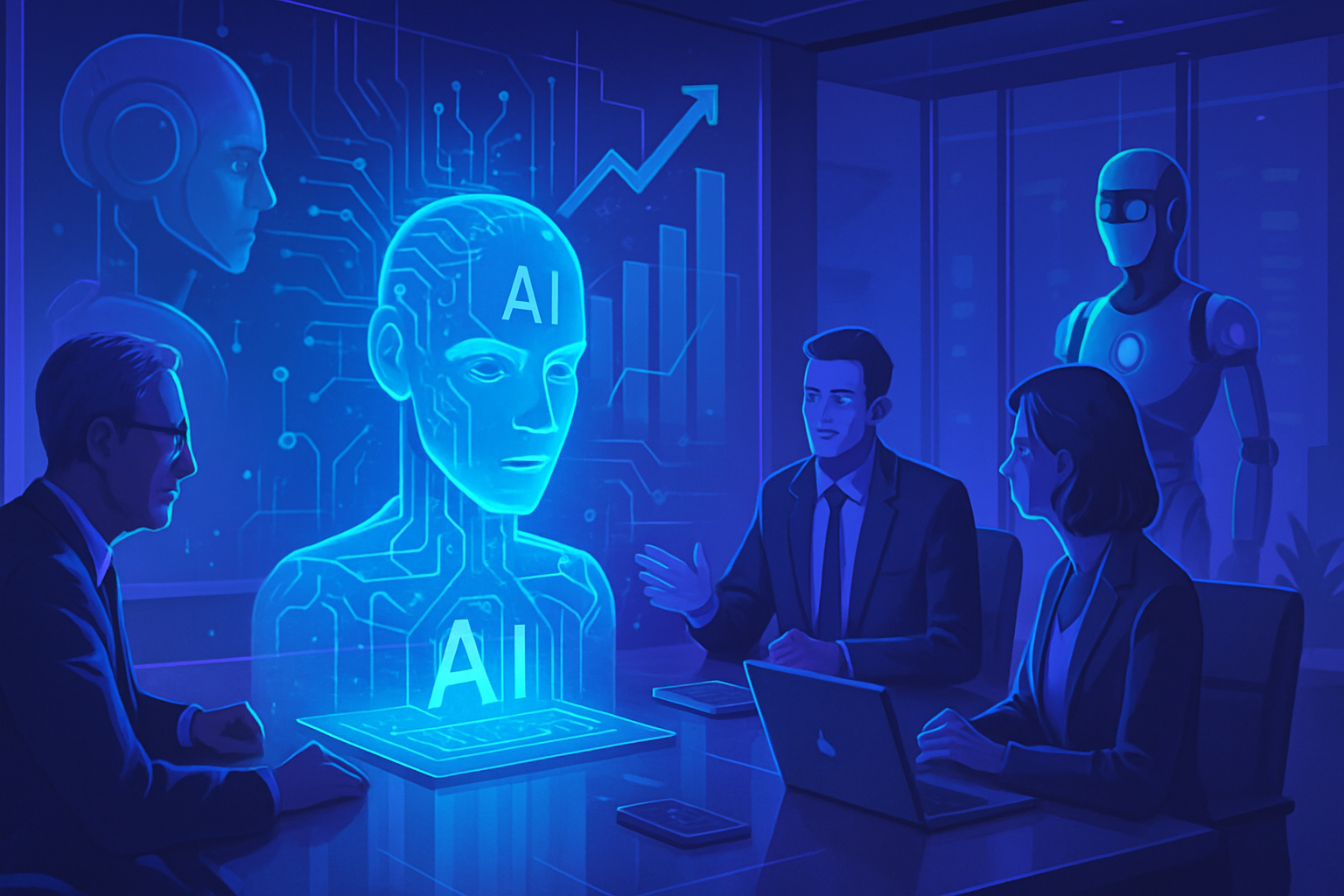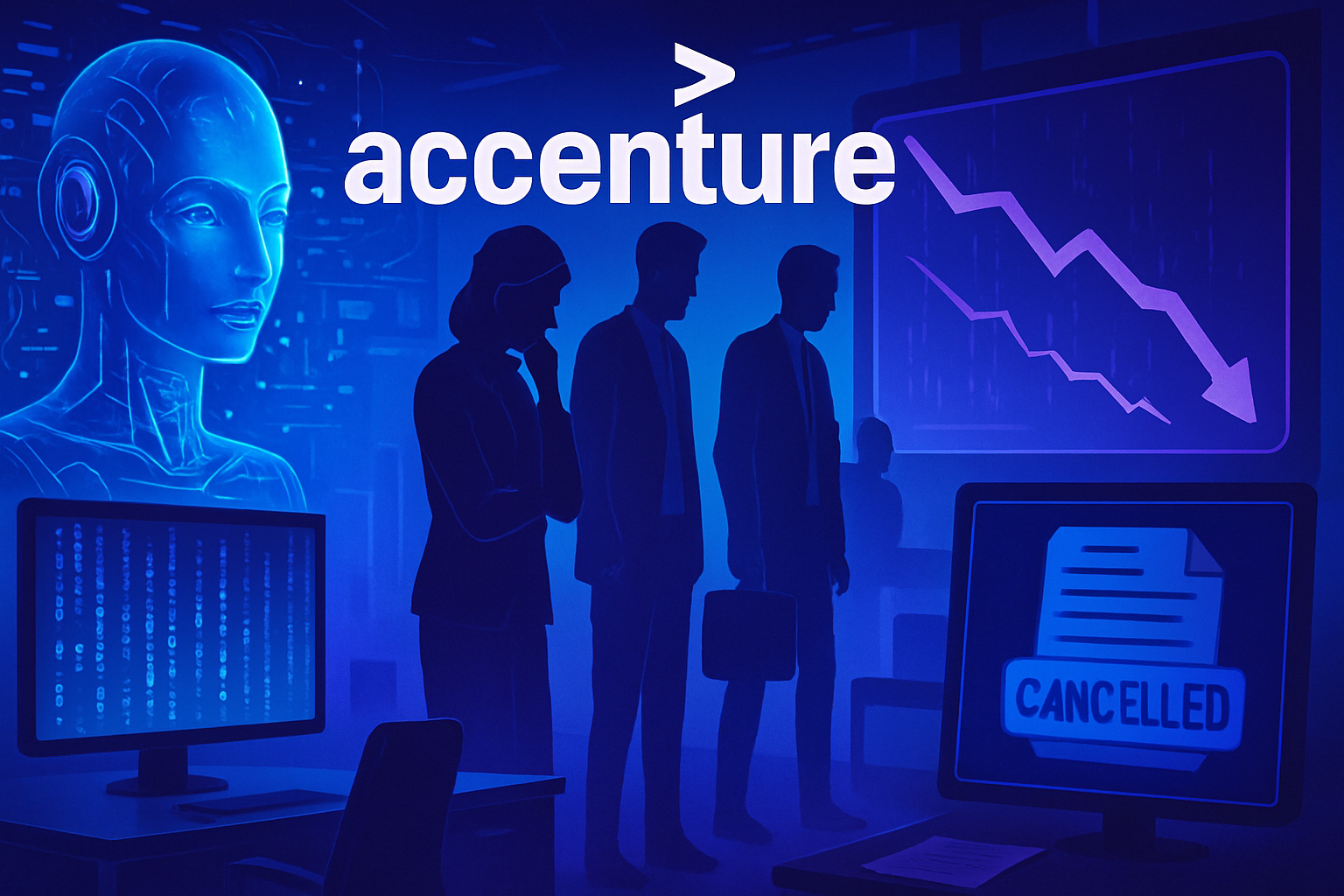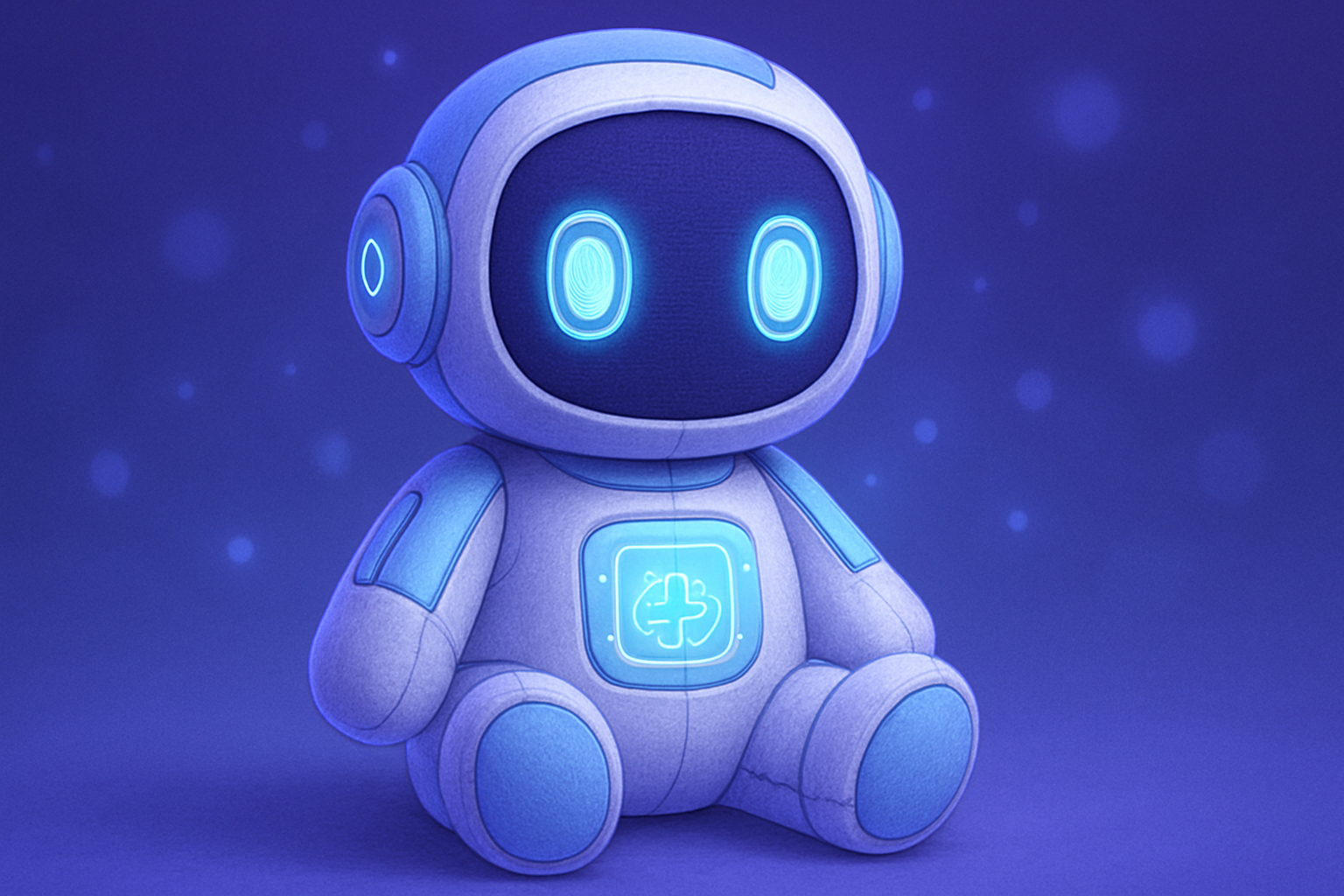Microsoft is revolutionizing the discovery of new materials through the power of MatterGen. This innovative technology radically transforms design methods, optimizing the traditionally lengthy and costly process. _Artificial intelligence_ emerges as a catalyst, enabling _the generation of tailored materials with specific properties_. With this tool, scientific research is experiencing significant advancements in critical areas such as renewable energy and electronics.
The discovery of new materials is a crucial challenge for addressing some of the major issues facing humanity. Thanks to the emergence of MatterGen, an AI-based tool developed by Microsoft, this quest is taking a radical turn. Traditional methods for uncovering materials have often been described as laborious, compared to the task of “finding a needle in a haystack.”
Historically, the identification of new materials relied on trial-and-error experiments, requiring considerable financial and time resources. These procedures have been improved by computational screening, allowing the exploration of vast databases of materials. Nevertheless, this approach remains a lengthy and complicated process, limiting researchers’ efficiency.
A revolutionary approach
MatterGen represents a break from traditional screening methods. This generative model leverages specific design requirements to directly create innovative materials. By relying on prompts related to chemical, mechanical, or electronic constraints, MatterGen generates unprecedented material structures. The model has been trained on over 608,000 stable materials collected from the Materials Project and Alexandria databases.
According to Microsoft, MatterGen opens a new paradigm for AI-assisted material design. It enables efficient exploration beyond the repertoire of known materials, thus increasing the chances of discovering novel compositions.
Speed and precision
The success of MatterGen lies in its ability to generate materials from scratch, taking specific criteria into account. Unlike screening methods, where one searches among thousands of known materials, MatterGen offers a radically new approach. It has demonstrated superior performance in generating materials with specific properties, such as a compressibility modulus above 400 GPa, resulting in great stiffness.
While screening methods experienced diminishing returns as the candidate repertoire narrowed, MatterGen maintained its capacity to produce increasingly novel results. Researchers face a common challenge: compositional disorder, a situation where atoms randomly exchange their positions within a crystal lattice. Traditional algorithms often struggle to discern similar structures in their evaluations.
A systematic validation
Microsoft collaborated with researchers from the Shenzhen Institutes of Advanced Technology (SIAT) to conduct an experimental synthesis of a material designed by MatterGen. This material, TaCr₂O₆, was generated to achieve a target compressibility modulus of 200 GPa. Although the result was slightly below target, measuring 169 GPa, the relative error remains modest at only 20%.
This final material displayed compositional disorder among Ta and Cr atoms, but its structure closely matched the model’s prediction. This level of accuracy could be extrapolated to other fields, potentially impacting material design for batteries, hydrogen cells, and magnetic devices.
A promising future with AI
Microsoft envisions MatterGen as a complementary tool to its previous model, MatterSim, which accelerates property simulations of materials. Together, these tools could function as a technological “flywheel,” optimizing the exploration and simulation of material properties in an iterative cycle.
This approach resonates with Microsoft’s vision of the “fifth paradigm of scientific discovery.” Within this framework, AI transcends mere pattern recognition to actively guide experiments and simulations. MatterGen has been made available under the MIT license, reflecting Microsoft’s commitment to fostering research and the adoption of this revolutionary technology.
Microsoft’s reflection on AI’s scientific potential echoes in fields like drug discovery, where similar tools have already brought substantial changes to the design and development of treatments. Similarly, MatterGen could transform the approach to material design in critical sectors such as renewable energy, electronics, and aerospace engineering.
(Image credit: Microsoft)
Also see: L’Oréal: Making Cosmetics Sustainable through Generative AI
FAQ on the discovery of new materials through MatterGen
What is MatterGen and how does it work?
MatterGen is an artificial intelligence tool developed by Microsoft that uses generative models to design new materials based on specific criteria. It operates by generating material structures through modifying elements, positions, and periodic networks, thus meeting precise design requirements.
What is the difference between MatterGen and traditional screening methods?
While traditional screening methods involve evaluating vast databases of known materials, MatterGen starts from scratch to create materials based on specific prompts regarding their properties, such as chemistry and mechanical attributes.
What types of materials can MatterGen help discover?
MatterGen is capable of generating a variety of materials, including high-strength materials, electrical conductors, and composites suited for batteries, hydrogen fuel cells, and electronic applications.
How does MatterGen improve efficiency in the search for new materials?
By using advanced algorithms and diffusion models, MatterGen surpasses previous methods by rapidly generating materials with specific properties, significantly reducing the time and costs associated with traditional experimentation.
Can the quality and stability of materials generated by MatterGen be assured?
Yes, MatterGen uses a database of over 608,000 stable materials to train its model, ensuring that the generated materials meet stability and reliability criteria.
How can researchers use the results of MatterGen in their projects?
Researchers can use the materials generated by MatterGen as a starting point for laboratory experimentation, thus accelerating the development and synthesis of new compounds tailored to specific needs.
Are there collaborations to test materials created by MatterGen?
Yes, Microsoft has collaborated with several research institutions to test and synthesize materials designed by MatterGen, thus validating its effectiveness and potential in practical applications.
How do Materials Science and Microsoft align with the use of MatterGen?
Microsoft integrates principles of materials science into the design of MatterGen, enabling the model to effectively address unique challenges and requirements in the field, thereby facilitating the development of new industrial applications.






